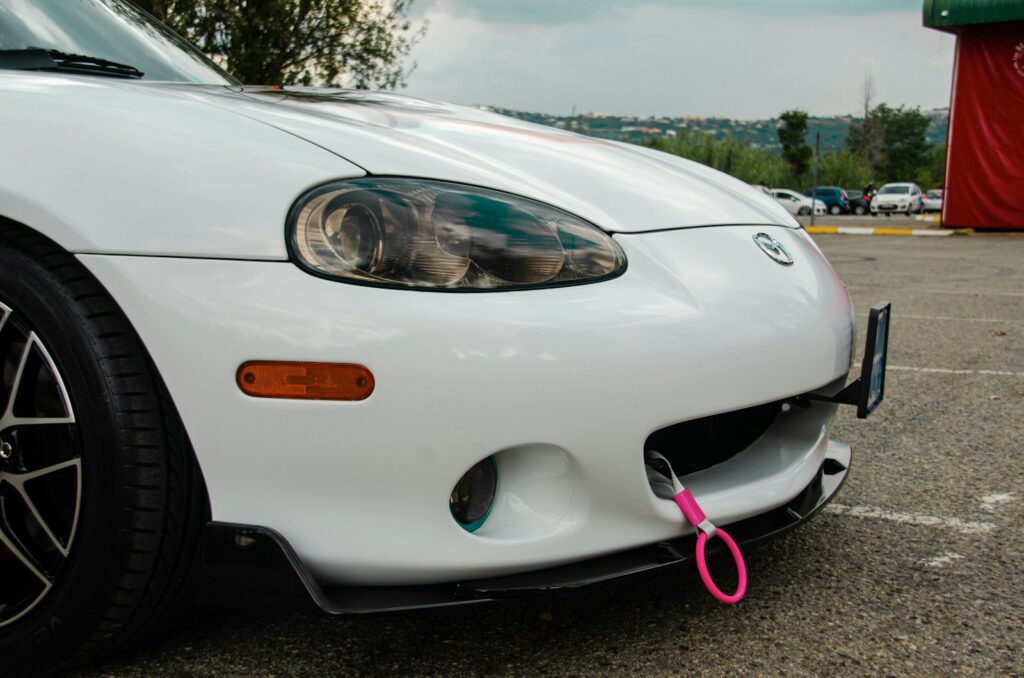
Winter brings a unique set of challenges for vehicle owners, chief among them being the pervasive presence of road salt. While salt is an indispensable tool for melting ice and ensuring safer driving conditions on our roads, it harbors a hidden, formidable adversary for your car: accelerated corrosion. This chemical reaction, vital for road safety, can insidiously eat away at your vehicle’s structural integrity and crucial components, leading to substantial damage and costly repairs if left unchecked.
The undercarriage of your car, often out of sight, bears the brunt of this corrosive assault. Constantly exposed to a mixture of salt, moisture, and road grime, it becomes a prime target for rust formation, which can compromise essential systems like braking, suspension, and exhaust. Understanding this vulnerability and implementing proactive protection measures are not just about maintaining your vehicle’s aesthetics, but fundamentally about preserving its safety and extending its lifespan.
This comprehensive guide delves into the essential steps you can take to shield your car’s undercarriage from the harsh realities of winter salt. We’ll explore what constitutes your vehicle’s structural backbone, illuminate the critical importance of salt protection, and walk you through a practical, step-by-step method for applying a robust defense. By arming yourself with this knowledge and committing to regular care, you can ensure your vehicle remains pristine and performs reliably for many winters to come.
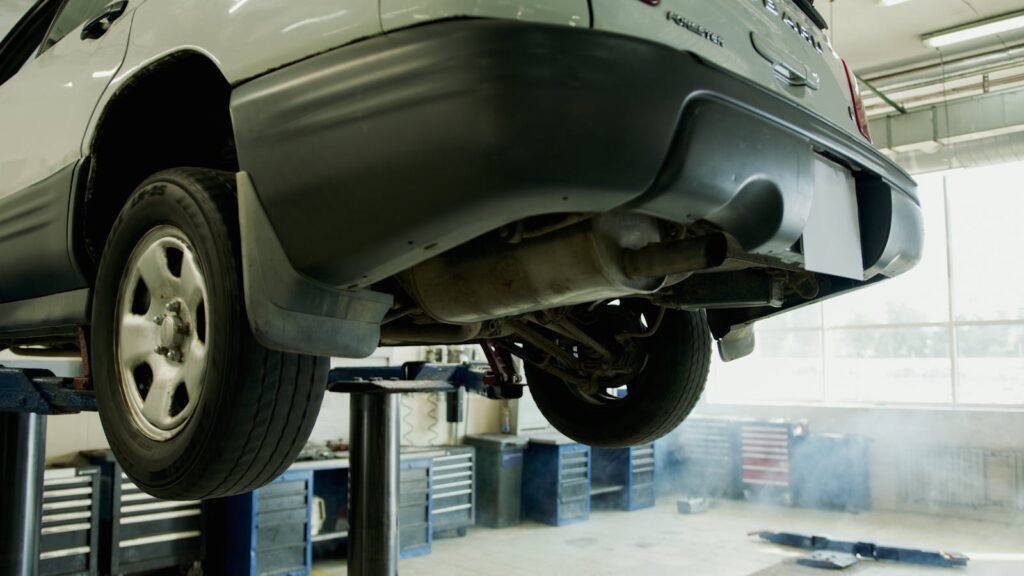
1. **Understanding Your Car’s Undercarriage**The undercarriage of a car, fundamentally known as the chassis, serves as the structural framework located beneath the vehicle. It is much more than just a foundational support; it is the backbone that upholds the entire body and houses a multitude of integral components critical to your vehicle’s operation and stability. Without a robust undercarriage, your car’s integrity would be severely compromised, making its proper functioning impossible.
In greater detail, this complex assembly provides the necessary structural strength and stability, ensuring the vehicle can withstand the rigors of the road. It also strategically positions many of the heaviest and most critical systems within your car for optimal balance and performance. From the very front of the vehicle, key elements such as the engine and transmission are typically situated low within the undercarriage, contributing to a balanced center of gravity.
As you move towards the rear, the undercarriage continues to host vital systems. The exhaust system, for instance, is a prominent component here, responsible for safely channeling waste gases away from the engine and out of the vehicle. This system, being constantly exposed to high temperatures and external elements, is particularly susceptible to the corrosive effects of road salt.
Further integral parts include the axles, which are crucial for holding the wheels and transmitting power, and the sophisticated suspension system. The suspension’s role is to absorb shocks and bumps encountered on the road, thereby guaranteeing a smooth and comfortable ride for occupants. Each of these components, though robustly designed, faces direct exposure to road salt, highlighting the undercarriage’s paramount vulnerability during winter months.
Read more about: Beyond the Showroom Shine: 12 Critical Factors Dulling Your Car’s Finish and How to Combat Them
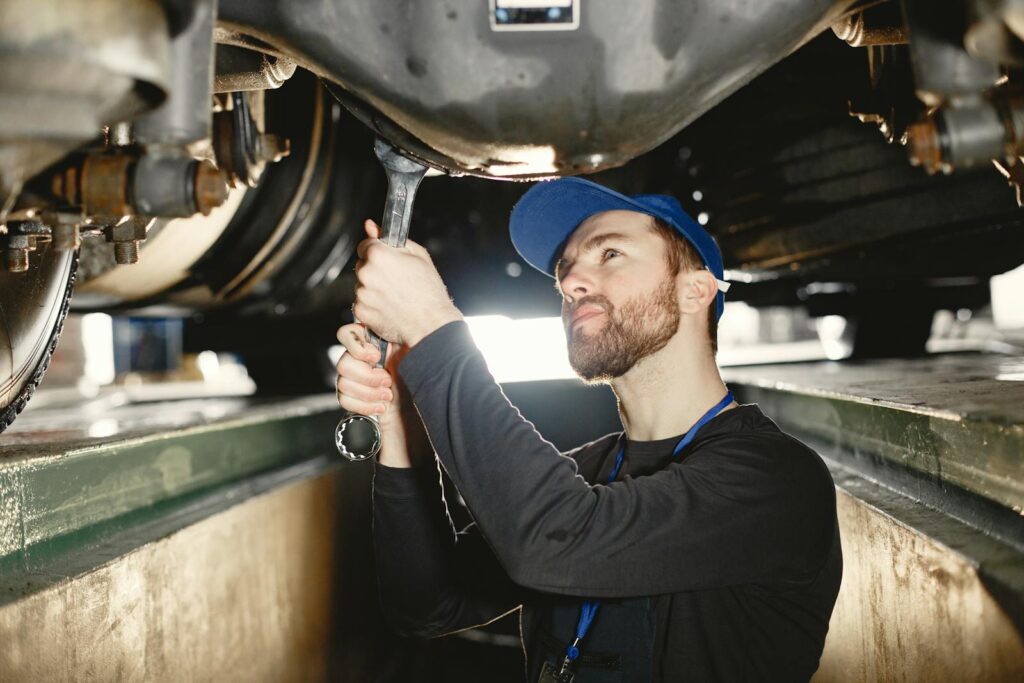
2. **The Imperative to Protect Against Salt**Protecting the undercarriage of your car from salt is not merely a recommendation; it is a critical necessity that can avert significant long-term damage and ensure safe driving conditions. The reason for this imperative lies in salt’s inherent ability to dramatically accelerate the corrosion process on metal parts, leading to an erosion of material strength and functionality over time. This destructive interaction poses a serious threat to the longevity and reliability of your vehicle.
Salt, extensively deployed on roads during winter, is designed to melt ice and significantly enhance driving safety. However, this beneficial property turns detrimental when the salt adheres to your car’s undercarriage. If not diligently cleaned off, this persistent salt residue initiates and fuels rust and corrosion, transforming a temporary road safety measure into a silent assailant of your vehicle’s vital components.
The undercarriage’s susceptibility to this specific form of damage is heightened because it contains numerous critical systems that are directly exposed to the elements. These include the exhaust system, which handles hot gases; the braking system, essential for stopping power; and the suspension system, which manages ride comfort and handling. Corrosion attacking any of these parts can culminate in costly repairs, and more importantly, can create dangerous scenarios if components fail unexpectedly during operation.
Consider, for example, the severe implications of rust eating away at brake lines; this can lead to dangerous fluid leaks and a severe reduction in your car’s ability to stop effectively. Similarly, corrosion within the exhaust system poses a risk of harmful gases leaking into the vehicle cabin. As mechanics frequently observe, much of this salt-induced damage is entirely preventable, underscoring the vital importance of consistent protection for your undercarriage.
Read more about: Unlocking the Mystery: The 13 Most Common Reasons Why Your Classic Car Battery Dies Prematurely
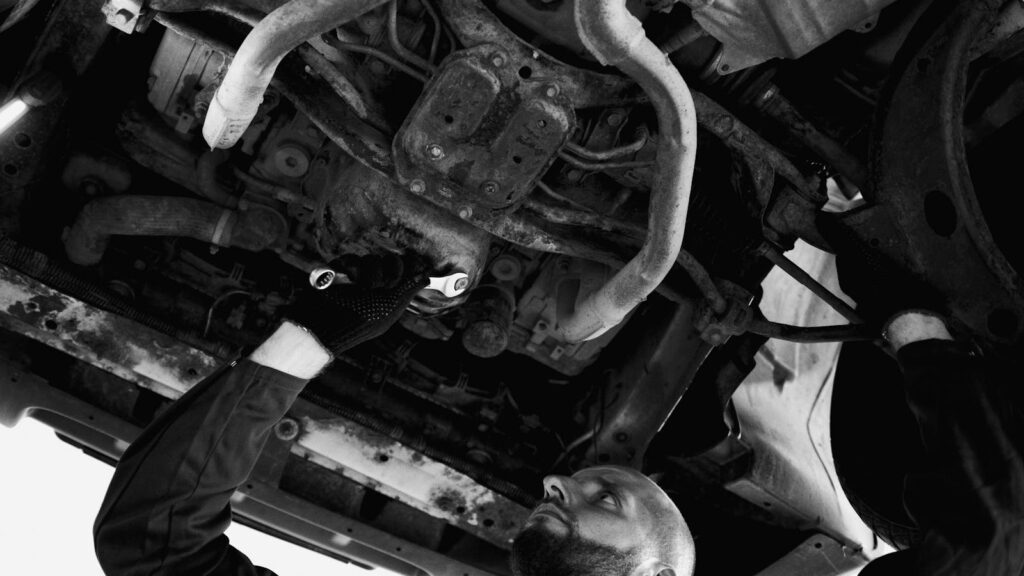
3. **Gathering Your Armor: Essential Protection Materials**Embarking on the crucial task of protecting your car’s undercarriage from salt damage requires a precise set of materials to ensure effectiveness and safety. Preparation is key to a successful application of protective layers, minimizing the corrosive impact of winter conditions. Having all your supplies ready before you begin will streamline the entire process and help achieve thorough coverage.
One of the fundamental tools you will need for surface preparation is a wire brush or sandpaper. These items are indispensable for tackling existing rust spots and any remaining grime that might compromise the adhesion of subsequent protective coatings. They are crucial for creating a clean, smooth surface that the undercoating material can bond to effectively, thereby maximizing its protective capabilities.
For the primary protective application, a professional-grade undercoating spray is paramount. This specialized product is formulated to create a durable, salt-repellant layer on metal and plastic parts beneath your vehicle, acting as a crucial barrier against corrosion. When selecting an undercoating spray, it’s advisable to consider purchasing a pack of several cans to ensure you have ample supply for comprehensive coverage, especially if it’s your first time performing this task.
Safety should always be a top priority, which necessitates the use of appropriate protective gear. This includes a face mask to prevent inhalation of dust and spray particles, goggles to shield your eyes from debris, and gloves to protect your hands from chemicals and grime. Additionally, for lifting your vehicle safely, a reliable car jack and jack stands are essential, along with a lug wrench for wheel removal, ensuring a secure and accessible workspace under your car.
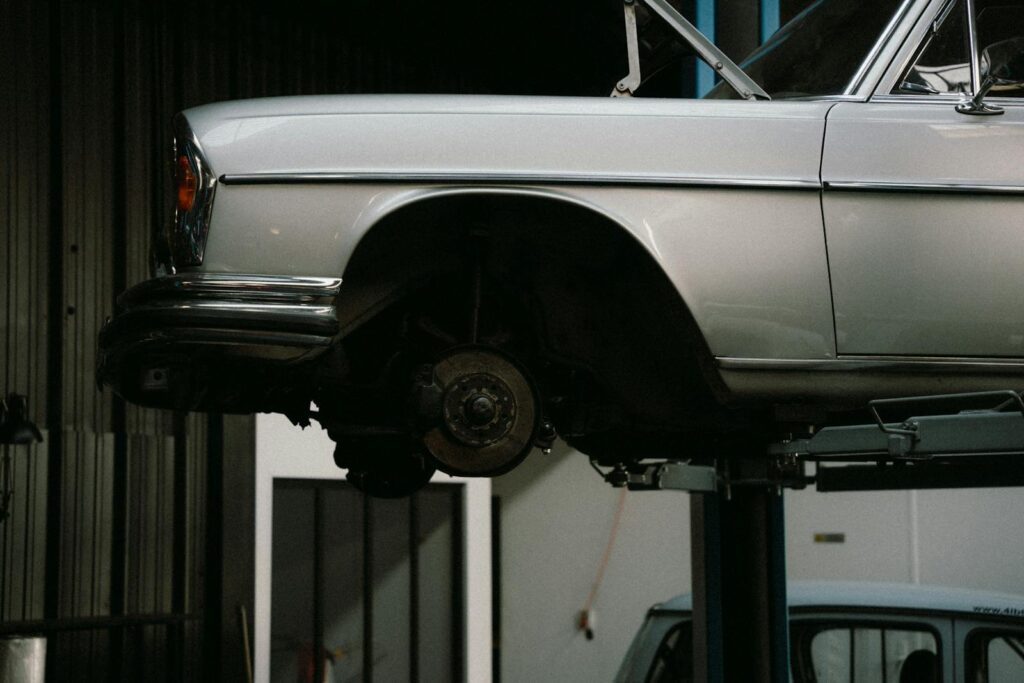
4. **Setting the Stage: Parking and Lifting Your Vehicle Safely**Properly preparing your workspace by parking and safely lifting your vehicle is the foundational step for any undercarriage protection project. This particular task is comprehensive and can demand up to five hours of work, emphasizing the need for meticulous planning and execution. Allocating sufficient time and ensuring optimal conditions will significantly contribute to the safety and quality of your work.
Begin by parking your vehicle on a leveled ground. This simple yet critical precaution ensures stability throughout the entire process. Attempting this task on an uneven surface would necessitate more complex lifting procedures for both the front and rear ends of the car, adding unnecessary complications and potential hazards. Engaging the parking brake immediately after parking is also a non-negotiable step to prevent any accidental movement of the vehicle.
Beyond the initial parking, consider the logistics of your work schedule. If you intend to complete the project within a single day, evaluate when and where you can work without interruption. Starting early in the morning can provide the advantage of optimal natural lighting, enhancing visibility as you work beneath the car. Alternatively, if your schedule dictates a later start, ensure your vehicle is positioned within a garage or has access to a reliable backup power source for adequate illumination.
The process of protecting the undercarriage involves several key tasks, including washing, sanding, and finally applying the coating. To execute these steps safely and effectively, it is absolutely essential to lift both the front and back ends of your vehicle using a robust jack. Always refer to your car’s owner’s manual for specific instructions on locating the correct jacking points, and lift the car to a height that allows comfortable and secure access underneath.
Read more about: Empower Your Ride: 12 Expert-Backed Steps to DIY a Truck Lift Kit Installation at Home
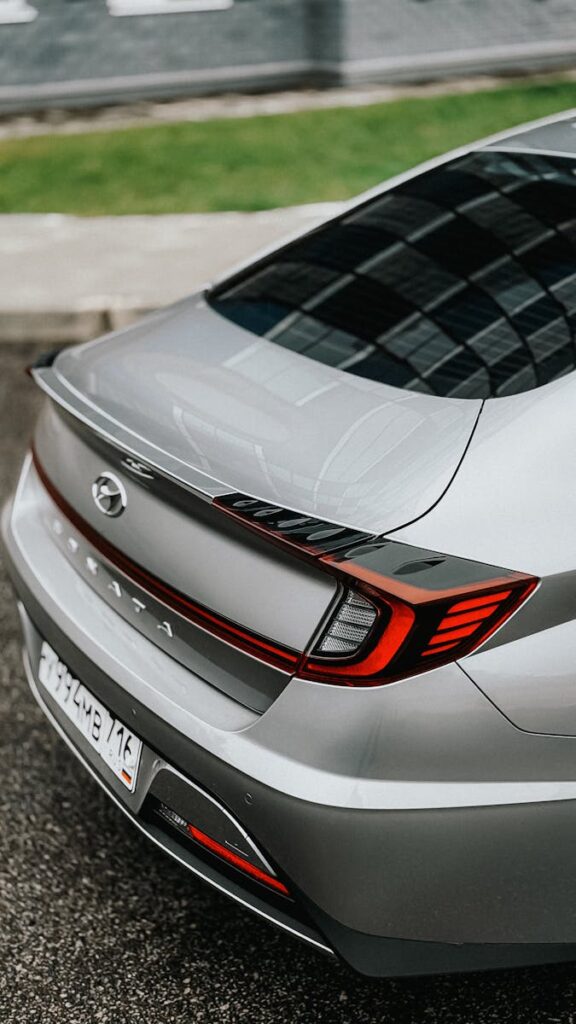
5. **Uncovering Hidden Vulnerabilities: The Importance of Wheel Removal**While it may initially seem like an added layer of effort, removing your car’s wheels is a highly recommended and strategic step in effectively protecting the undercarriage from salt damage. This seemingly extra task significantly enhances your ability to access and thoroughly coat areas that would otherwise remain difficult or impossible to reach, making the entire protection process far more comprehensive. Without wheel removal, critical zones remain exposed.
One of the primary areas that become easily accessible post-wheel removal is the fender. This particular area is notoriously prone to severe rust damage, largely due to the accumulation of snow, ice, and salt that is thrown up by the tires during driving. As snow collects in this space, it brings with it a concentrated mix of corrosive elements, making the fender a high-priority target for protective treatment.
To safely remove the wheels, you will need a lug wrench to loosen the lug nuts. With your vehicle already securely lifted on jack stands, you can proceed to loosen all the lug nuts, making sure to store them in a safe and organized manner to prevent loss. The careful management of these components is crucial before proceeding to the next stage of wheel removal.
Once the lug nuts are loosened, gently tug on each wheel in turn. It is important to exercise caution and gentleness during this step, as the car is supported by jack stands, and excessive force could potentially dislodge it from its supports. This requires a balanced approach, where you apply enough effort to remove the wheel without over-exerting yourself or risking the stability of the vehicle, underscoring the need for careful execution.

6. **The First Defense: Thorough Undercarriage Washing**Once your vehicle is safely lifted and its wheels are removed, the critical next step in combating salt damage is a thorough washing of the undercarriage. This initial cleaning phase is paramount, as it removes accumulated salt, dirt, and grime that, if left untreated, would interfere with the adhesion of any protective coatings and continue to promote corrosion. A clean surface is the foundation of effective protection.
The ideal method for achieving a truly clean undercarriage involves the use of a pressure washer. This tool allows for powerful, directed jets of water that can dislodge stubborn debris and dissolve salt buildup from intricate areas. However, it is crucial to adjust the pressure washer to a lower setting before commencing, as excessively high pressure can potentially damage sensitive components found within the undercarriage system.
When using a pressure washer, direct the nozzle upwards, systematically moving it back and forth across the underside of the car. Begin your cleaning efforts from the front of the vehicle and gradually work your way towards the back. During this process, pay heightened attention to any areas that visibly appear particularly dirty or that are known to be common spots for corrosion, ensuring these zones receive extra cleaning.
For those without access to a pressure washer, a standard garden hose can serve as an adequate alternative, though it may require a bit more manual effort. Given that various types of debris and grime accumulate under the vehicle, you might also need an additional brush to tackle more persistent dirt. If employing a brush, first soak it in soapy water, but crucially, ensure you rinse the undercarriage thoroughly afterward to prevent any soap residue from hindering the undercoating application.
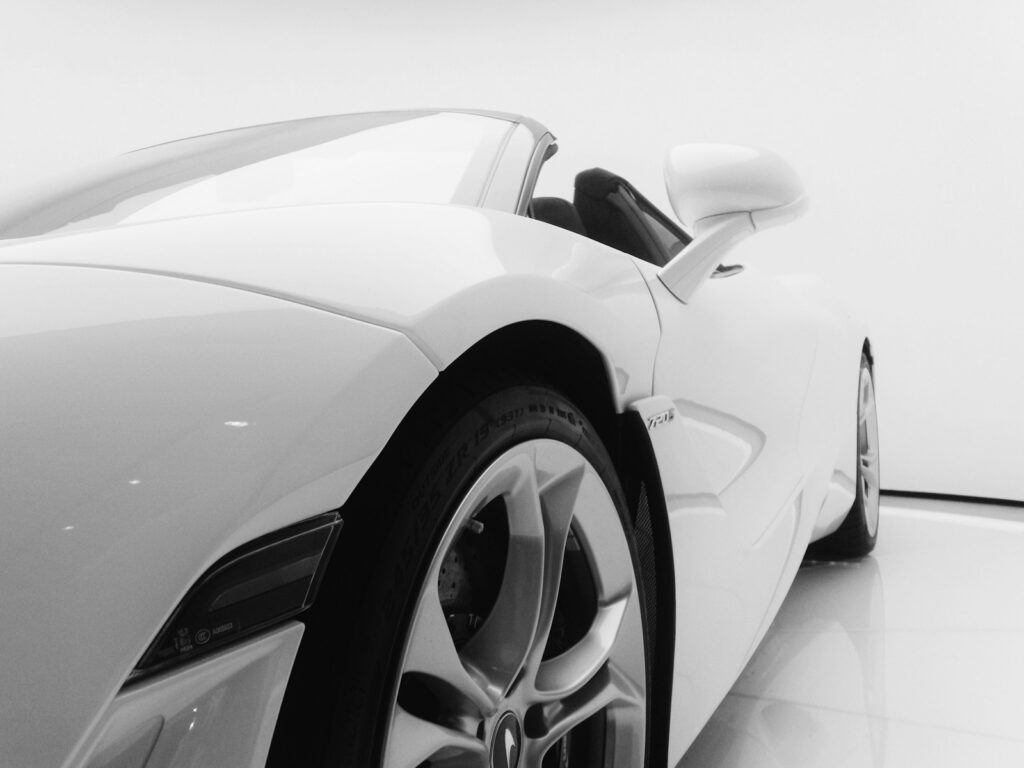
7. **Prepping the Canvas: Sanding Down Metal Parts**Sanding the undercarriage of your vehicle before the application of any protective undercoat is an absolutely essential step that significantly contributes to the effectiveness and longevity of the corrosion protection. This preparatory action is fundamental because it actively eliminates existing rust and any residual grime that could impede the proper adhesion between the new protective layers and the metal surface of your car. By doing so, sanding prepares a superior base for the undercoat.
The primary benefit of this sanding process is that it provides a significantly better protective layer for the underlying metal surface. By removing imperfections and creating a slightly roughened texture, sanding ensures that the undercoat can bond more securely and uniformly. This improved adhesion means the protective layer is far more durable and less likely to chip or peel prematurely, offering sustained defense against corrosive elements.
Sanding down the undercarriage of a car is not an inherently difficult or overly challenging task, even for those with limited experience. To get started, gather all the necessary supplies: sandpaper in a variety of grits, a dust mask to protect your respiratory system, eye protection, and optionally, a power sander if you have one available. For those without a power sander, manual sanding using either sandpaper or a wire brush is perfectly effective.
The technique involves beginning with a coarse-grit sandpaper to remove the bulk of rust and imperfections, then progressively working your way up to finer grits to achieve a smoother finish. Patience is key throughout this process; take your time and exercise care to avoid inadvertently damaging the metal itself. Once the sanding is complete, meticulously clear away all dust residue to ensure the surface is perfectly clean and ready for the undercoating application.
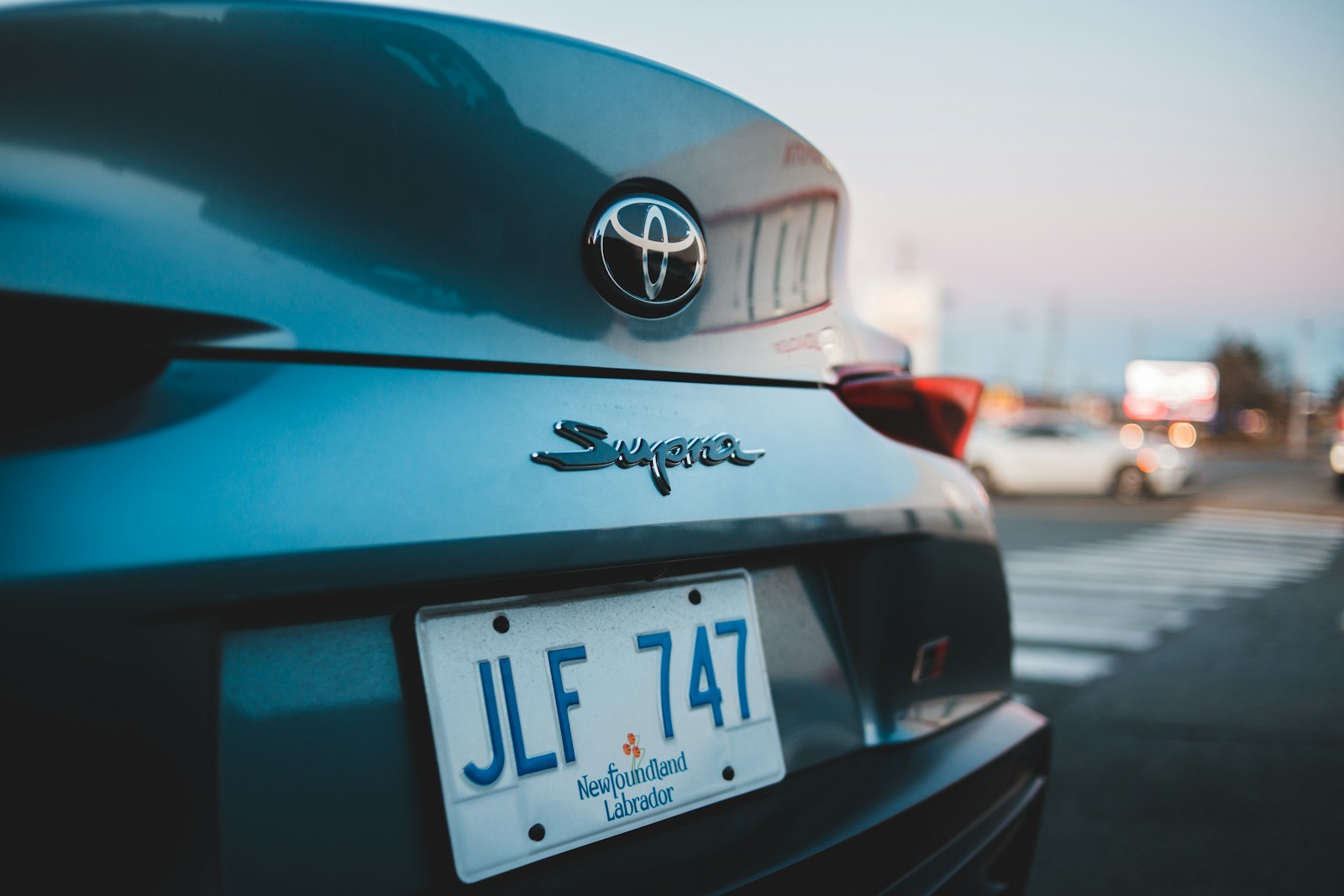
8. **Expert Application of Undercarriage Spray for Maximum Protection**With your vehicle’s undercarriage meticulously washed, dried, and sanded, the crucial stage of applying the undercoating spray can begin. This professional-grade protective layer is designed to create a durable, salt-repellant barrier, safeguarding metal and plastic components from direct contact with corrosive elements. Proper application is essential to ensure this barrier functions effectively, providing the intended long-term defense against winter’s harsh realities.
Before initiating the application, it is vital to vigorously shake the undercoating spray can. This ensures the contents are thoroughly mixed, allowing for an even and consistent spray pattern. While the starting point can be flexible, a practical approach often involves beginning behind the wheels, coating all four wheel wells first, then transitioning to the main underside of the vehicle. This method ensures that hard-to-reach areas, which are often highly vulnerable to salt accumulation, receive adequate coverage.
As you apply the spray, prioritize comprehensive coverage of all metal parts. It is common for some of the undercoating to come into contact with plastic components, such as shocks or studs; however, this is generally not a concern as professional-grade undercoating sprays are formulated to be non-abrasive and will not damage these materials. The objective is to create an unbroken shield across all susceptible surfaces, preventing any direct exposure to salt, moisture, and road grime.
One frequently encountered pitfall during this process is underestimating the quantity of undercoating spray required for a thorough job. For first-time applicants, it is strongly recommended to acquire a pack of several cans, often six, to ensure ample supply. Having extra cans on hand is not only beneficial for achieving complete initial coverage but also proves invaluable for future touch-ups and additional protective projects, ensuring continuous safeguarding of your vehicle’s undercarriage.
Read more about: Mastering Truck Bed Longevity: 13 Simple Ways to Defend Against Extreme Wear and Tear

9. **Strategies for Maintaining Protective Coatings and Preventing Wear**Applying an undercoating spray provides a formidable initial defense against salt damage, but this protective layer requires ongoing attention to maintain its integrity. The abrasive nature of road debris, combined with the stresses of driving, can cause the undercoating to chip or rub off over time, leaving metal surfaces vulnerable. Therefore, a proactive strategy for inspecting and maintaining these coatings is indispensable for sustained protection.
Regular inspections of your vehicle’s undercarriage are paramount. Periodically getting under your vehicle allows for a close examination of the coating’s condition, enabling you to identify any areas where it may have been compromised. Look for chips, cracks, or areas where the coating appears to be thinning or peeling. These visible signs indicate compromised protection and necessitate immediate attention to prevent salt from reaching the underlying metal and initiating corrosion.
Driving conditions inherently expose the undercarriage to various impacts, such as gravel, ice chunks, and other road detritus, all of which can abrade protective coatings. Without an intact undercoating layer, the metal is left exposed and susceptible to the corrosive effects of salt and moisture. This vulnerability underscores the importance of prompt action when damage is noted, as even a small compromised area can allow corrosion to begin and spread.
Beyond routine inspections, proactive measures include re-sealing any damaged sections of the coating, especially after incidents like minor collisions or impacts that may have compromised the undercarriage. According to experts, if a coating is not re-sealed after an incident, the car loses its shield against salt buildup. Consistent vigilance and timely reapplication of the undercoating to worn or damaged areas are critical to ensuring your vehicle remains protected from salt damage throughout the winter season and beyond.
Read more about: Beyond the Showroom Shine: 12 Critical Factors Dulling Your Car’s Finish and How to Combat Them
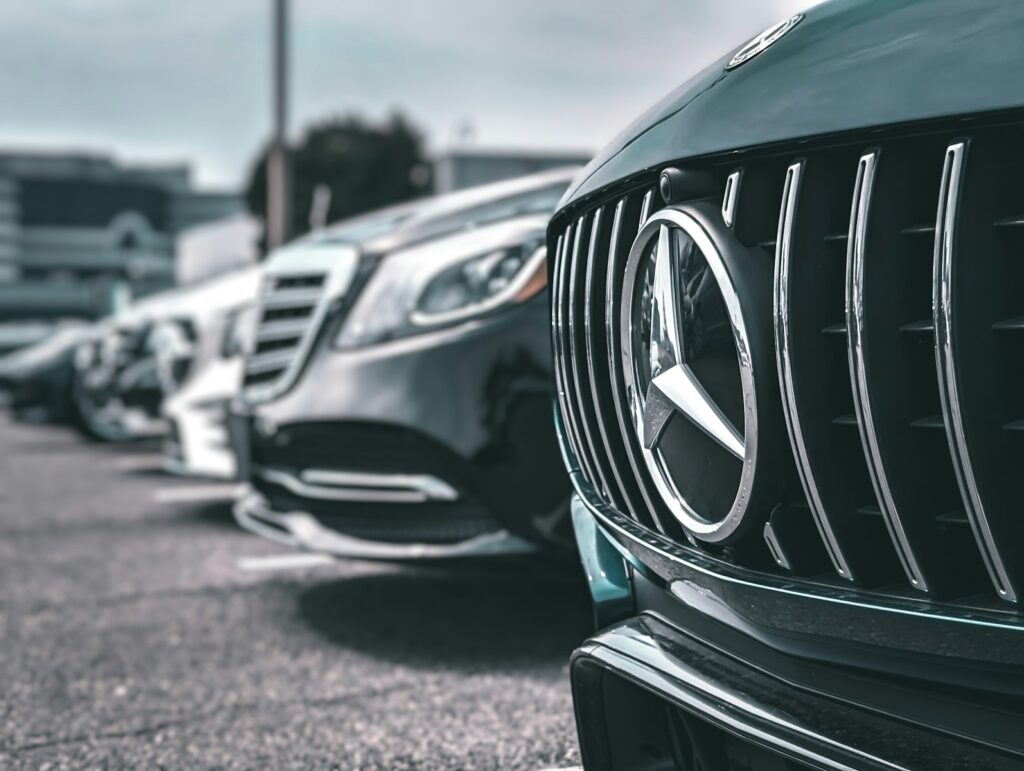
10. **Identifying Visible Corrosion as a Primary Indicator of Salt-Induced Undercarriage Damage**Visible corrosion stands as one of the most undeniable and concerning signs of undercarriage damage directly attributable to salt exposure. Road salt, in its continuous interaction with metal and moisture, significantly accelerates the natural rusting process. This chemical reaction gradually degrades metal parts, leading to noticeable alterations in your vehicle’s structural integrity and appearance.
When conducting inspections, vehicle owners should diligently watch for any patches of rust, discoloration, or flaking metal on the undercarriage. These visual cues are clear indicators that salt has initiated or progressed the corrosive process. Over extended periods of exposure without adequate protection, this corrosion can even lead to the formation of holes in metal components, severely compromising the vehicle’s structural soundness.
Should visible corrosion be detected, swift action is crucial to mitigate further damage. Addressing rust spots early can prevent their escalation into more severe issues. Initially, surface rust can often be removed using a wire brush. Following this, applying a rust converter can neutralize the affected area and prevent further spread. For cases of severe corrosion or extensive damage, professional repairs or the replacement of compromised components may be necessary to restore safety and functionality.
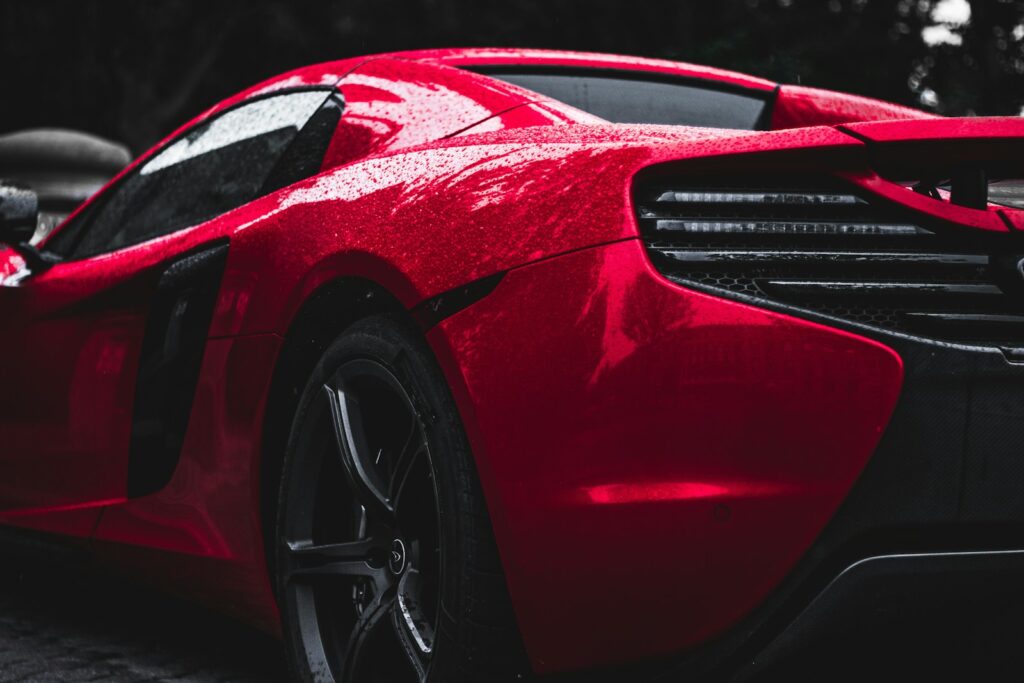
11. **Recognizing Steering Issues as a Potential Symptom of Underlying Salt Corrosion**Beyond the visible degradation, salt-related corrosion can insidiously affect critical operational systems within your vehicle, with steering issues being a notable symptom. The sophisticated steering system relies on a network of interconnected components, many of which are situated within the undercarriage and are thus highly exposed to the corrosive effects of road salt. When these components begin to rust, their performance is inevitably compromised.
Specifically, if elements of the suspension system, which are integral to steering and handling, succumb to rust, drivers may experience a noticeable decline in steering responsiveness. Symptoms can include delayed turning, where the vehicle reacts sluggishly to steering wheel inputs, or an overall decrease in the precision and feel of the steering. These changes are not merely minor inconveniences; they can significantly impact vehicle control and safety, particularly during maneuvers or emergency situations.
The long-term exposure of suspension parts to corrosive salt can weaken their structural integrity and impede their proper movement, leading to these functional impairments. Regular maintenance inspections are therefore vital, encompassing checks of the suspension system, brake lines, and fuel system for any signs of corrosion. Addressing these issues promptly is essential not only for restoring optimal steering performance but, more importantly, for ensuring the safety and reliability of your vehicle on the road.
Read more about: Decoding the Squeal: Your In-Depth Guide to Why Car Brakes Squeak and How to Silence Them for Good

12. **Understanding Leaking Fluids as a Critical Sign of Undercarriage Component Failure Due to Salt**
Another critical indicator of salt-induced undercarriage damage is the presence of leaking fluids beneath your vehicle. Salt’s corrosive action, over time, can severely weaken the integrity of various metal casings and lines, leading to breaches that allow vital automotive fluids to escape. Such leaks are not only messy but also point to underlying component failures that demand immediate attention.
If corrosion caused by salt attacks parts like the engine oil pan or the transmission casing, it can compromise their seals or even create perforations in the metal itself. This damage manifests as puddles of oil or transmission fluid observed under your car when parked. These fluid losses are direct evidence of component degradation, which can swiftly escalate into more serious mechanical problems if not identified and rectified promptly.
The implications of fluid leaks extend beyond the need for refills. For example, rust eating away at brake lines can cause dangerous fluid leaks, drastically impairing your car’s stopping power and creating severe safety risks. Similarly, compromised fuel lines due to corrosion can lead to fuel leaks, posing fire hazards. Detecting and addressing leaking fluids early is crucial to prevent widespread system failures, costly repairs, and potential hazards on the road, underscoring the destructive power of unchecked salt corrosion.

13. **Observing Accelerated Wear on Body Panels as an Indicator of Broader Salt Impact**While the undercarriage is the primary target for salt damage, the corrosive effects of road salt can extend to other parts of your vehicle, notably accelerating wear on body panels. This phenomenon occurs because salt, when mixed with road spray and propelled against the car, acts akin to an abrasive media blaster. This continuous bombardment gradually pits the paint and the underlying metal surfaces, especially on the lower sections of the vehicle.
This abrasive action, combined with salt’s inherent ability to accelerate rust and corrosion, creates an environment ripe for quicker rust development on body panels. The areas most susceptible are typically those closest to the road, such as rocker panels, lower door sections, and fender edges, as these zones frequently come into direct contact with the salt-laden spray from tires and passing vehicles.
Early signs of this accelerated wear include minor paint pitting, bubbling, or discoloration on these lower body panels. If left unaddressed, these seemingly minor imperfections can evolve into more significant rust formations, compromising both the aesthetic appeal and structural integrity of the bodywork. Proactive measures, such as regular washing and the application of protective coatings, become even more critical in these vulnerable areas to prevent the broader impact of salt on your car’s exterior.
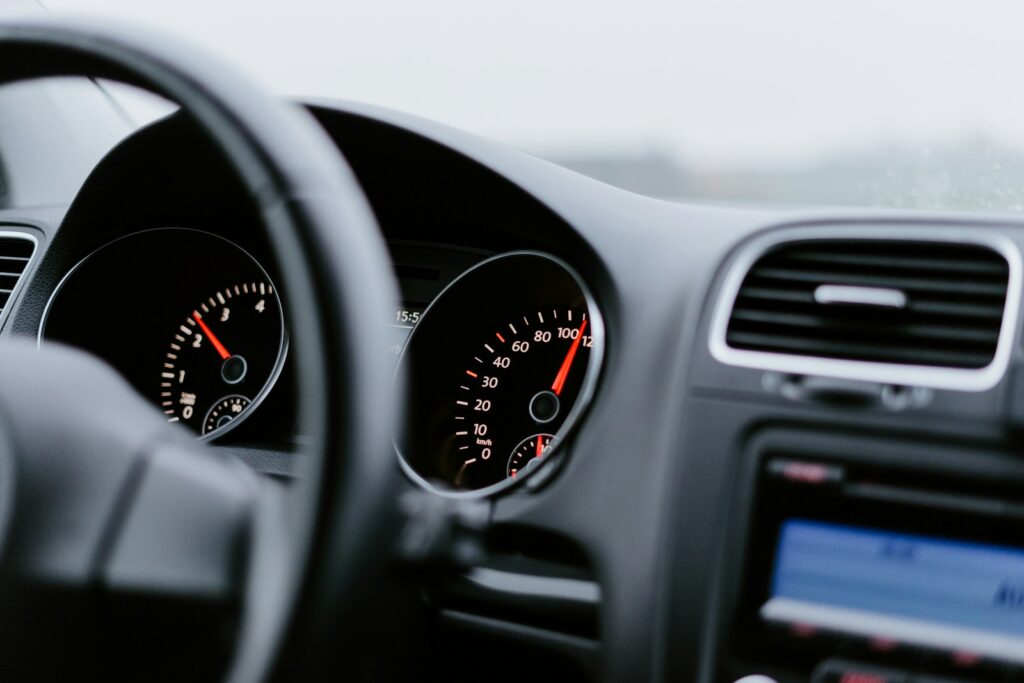
14. **The Role of Waxing in Broader Paint Protection and its Benefits Against Winter Elements**Waxing your car is a fundamental and highly effective step in maintaining its aesthetic appeal and, more importantly, safeguarding its paintwork from the damaging onslaught of winter elements, including road salt. This simple yet crucial application acts as a significant protective barrier, enhancing the vehicle’s resilience against environmental contaminants and abrasive conditions encountered during colder months.
At its core, wax creates a robust protective layer that physically shields the paint from various environmental aggressors. This barrier effectively repels salt, moisture, and other pollutants, significantly reducing their ability to adhere strongly to the paint surface. By forming a hydrophobic layer, wax causes water to bead up and roll off, which in turn minimizes the formation of water spots and substantially reduces the risk of paint corrosion.
Beyond its repellent qualities, a properly applied wax coating contributes to a degree of scratch resistance. It achieves this by filling in microscopic imperfections on the paint surface, thereby making small scratches and swirl marks less visible. This protective film also offers a barrier against physical abrasions caused by road debris, stray tree branches, or other external factors, helping to preserve the pristine quality of your paintwork throughout the winter season.
Furthermore, waxing provides crucial UV protection. The sun’s ultraviolet rays, even in winter, can gradually degrade and fade a car’s paint over time. Wax acts like a sunscreen, absorbing or reflecting harmful UV radiation, thus preventing discoloration and oxidation. This benefit is particularly important for vehicles frequently parked outdoors where direct sunlight exposure is unavoidable.
Finally, a waxed surface is inherently easier to clean. The smooth, non-reactive nature of car wax prevents contaminants like bird droppings, tree sap, and road grime from bonding tightly to the paint. This allows for their easy removal with minimal effort during routine car washes, making winter maintenance less arduous and ensuring your vehicle retains its enhanced, glossy finish, looking new and well-maintained even amidst harsh conditions.
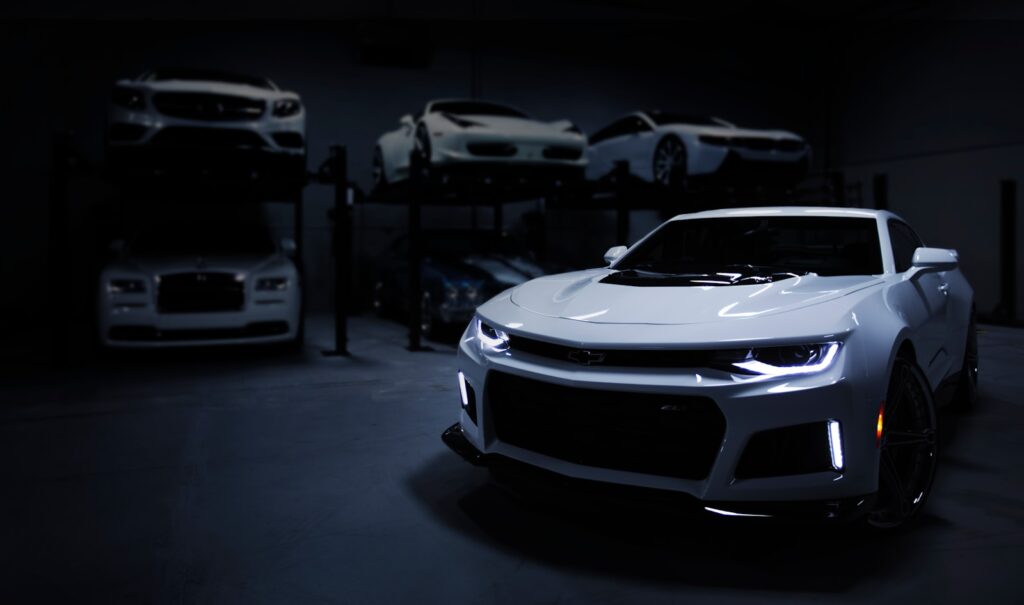
15. **Exploring Ceramic Coatings as a Long-Term, Advanced Solution for Preventing Salt Bonding**For vehicle owners seeking a more advanced and durable defense against the corrosive effects of winter weather, particularly salt bonding, ceramic coatings present an exceptionally effective long-term solution. This innovative protective layer offers a superior shield, significantly surpassing traditional waxes and sealants in its ability to protect a car’s paintwork and exposed surfaces.
A ceramic coating is essentially a liquid polymer meticulously applied directly to your car’s paint job. Once cured, it transforms into a robust, durable, and semi-permanent protective layer. This formidable barrier is specifically engineered to shield your car from salt bonding, corrosive elements, and other forms of road debris prevalent during winter. Its benefits are especially pronounced in regions where road salt is routinely applied to melt snow and ice.
Key to the effectiveness of ceramic coatings are their distinct hydrophobic properties. This characteristic means the coating actively repels water, moisture, and a wide array of contaminants, effectively preventing them from bonding to your car’s surface. Unlike wax, which provides a temporary barrier, ceramic coatings create a longer-lasting hydrophobic layer that significantly deters salt and grime from adhering, making cleanup remarkably easier. Premium ceramic coatings are also noted for their shatterproof qualities, underscoring their exceptional strength and resilience.
Beyond its primary role in preventing salt bonding, ceramic coating offers additional crucial benefits. It provides excellent UV protection, safeguarding your car’s paint from the sun’s ultraviolet rays, which can cause fading and discoloration over time. Moreover, the slick, non-porous surface created by the coating repels bird droppings, tree sap, and other environmental contaminants, thereby reducing the need for frequent washing and meticulous detailing, all while keeping your vehicle looking sleek and shiny throughout the harshest winter months.
***
Read more about: Unlock the Detailer’s ‘Secret’ Formula: Perfectly Restore Faded Black Car Trim Without Professional Tools
Road salt is an indispensable tool for ensuring winter road safety, yet its formidable impact on your car’s undercarriage cannot be overstated. By diligently understanding these risks and proactively implementing comprehensive protective measures—from initial preparation and undercoating application to vigilant inspections and the strategic use of advanced coatings—you can effectively mitigate the damage. Consistent attention to these details will not only extend your vehicle’s lifespan and preserve its value but, most importantly, ensure its continued safety and reliable performance through many winters to come. Remember, safeguarding your car against salt is an investment in its long-term health and your peace of mind on the road.



